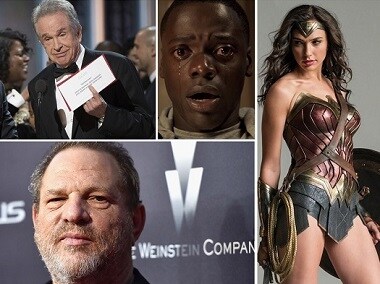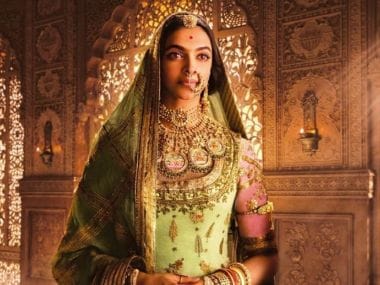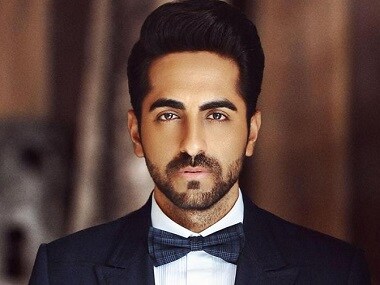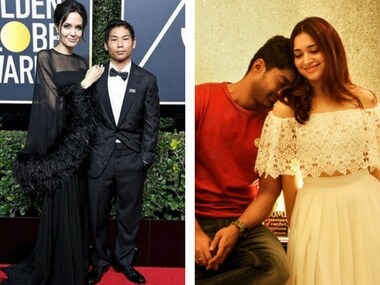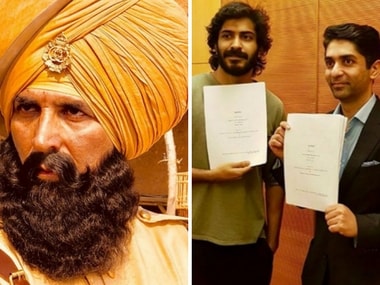Goodfellas, Béla Tarr, long takes and how different filmmakers adapt books
Before the release of Stanley Kubrick’s Lolita (1962), author-turned-screenwriter Vladimir Nabokov said, “I have not yet seen the picture. It may turn out to be a lovely morning mist as perceived through mosquito netting, or it may turn out to be the swerves of a scenic drive as felt by the horizontal passenger of an ambulance.”
Stephen King was less ambivalent about Kubrick’s work in The Shining (1980). “[He] thinks too much and feels too little; and that’s why, for all its virtuoso effects, it never gets you by the throat and hangs on the way real horror should.”
But let’s not get into the “which is better – the book or the film?” question, which is framed from the author (or reader’s) point of view. Let’s, instead, look at the Kubrick aspect, the director’s POV, and see how different filmmakers from different cultures adapt books, and how they use the same techniques (say, the long take) in different ways.
Take this scene from Martin Scorsese’s GoodFellas (1990), where Henry Hill (Ray Liotta) takes Karen (Lorraine Bracco) on a date to the Copacabana club. It’s one of the greatest instances of form servicing content. We see what is happening. It’s equally easy to intuit why it is happening.
GoodFellas is adapted from Nicholas Pileggi’s Wiseguy: Life in a Mafia Family, and this scene is about the part where Karen says, “I started going out to places with Henry I had never been before... I’m really dazzled... We went to the Copa... We always sat up close to the stage... On crowded nights, when people were lined up outside and couldn’t get in, the doormen used to let Henry and our party in through the kitchen, which was filled with Chinese cooks, and we’d go upstairs and sit down immediately. There was nothing like it.” So it’s about a wide-eyed Karen being seduced by Henry’s clout, by his glamorous lifestyle.
Scorsese said, “The whole idea was that it had to be done in one take so you don’t feel it’s a series of cuts, or there was a separation between [Henry] and the world he was trying to get into.” But even without the director telling us exactly what the shot is about, we can sense what it means. There’s no score when Henry picks Karen up and says hello to her mom – and that’s contrasted with the music that kicks in when Henry hands his car keys over to the valet. It’s two different worlds, mundane suburbia versus the magical club, and like Karen, we have begun to be seduced.
Now, consider this breathtaking stretch (above) from Joe Wright’s Atonement (2007), adapted from Ian McEwan’s novel of the same name. Where Scorsese uses his camera (and the long take) to pull us into Henry’s world and give us the star-struck Karen’s ringside view, this is a more detached, bird’s-eye view – of Robbie (James McAvoy) finding himself in the midst of the Dunkirk evacuation. It makes sense. The scene depicts chaos, but the director takes a cue from the becalmed prose. That portion in Wiseguy was a first-person account; this portion in (the book) Atonement is written in the third person.
“He saw thousands of men, ten, twenty thousand, perhaps more, spread across the vastness of the beach... As aimless as the men, half a dozen artillery horses galloped in a pack along the water’s edge. A few troops were attempting to right the upturned whaler. Some had taken off their clothes to swim. Off to the east was a football game...” Wright is British, but the filmmaking model is still Hollywoodian, using form to give us content. Or to put it another way, the form is married to the content in a way that instantly – and instinctively – “makes sense.”
The clip, above, from Werckmeister Harmonies (2000), the Hungarian drama by Béla Tarr and Ágnes Hranitzky, shows how differently Continental art-house filmmakers do things. The book, in this case, is László Krasznahorkai’s The Melancholy of Resistance, which is set in an unnamed down in Communist Hungary. The New Yorker critic James Wood wrote, “Krasznahorkai pushes the long sentence to its furthest extreme, miring it in a thick, recalcitrant atmosphere, a dynamic paralysis in which the mind turns over and over to no obvious effect.” Krasznahorkai’s translator, George Szirtes, called the prose “a slow lava-flow of narrative, a vast black river of type.” Seen one way, then, the long take in the clip, depicting rioters rampaging through a hospital, is perfectly in sync with the prose.
But what if you haven’t read the book? The choreography, here, is as clockwork-precise as in the long takes in GoodFellas and Atonement, but the “meaning” – how form feeds content, or what it’s all adding up to – is less instantly (and instinctively) obvious. The broadest takeaway (the content) is that the rioters are stunned into silence when they face the naked old man, that his all-too-human frailty stirs in them a semblance of humanity. But the stylisation (the form) raises questions: Why does the audiography prefer sounds to voices? (Surely, there must be grunts from the attackers, screams from the victims!) Instead of trailing the action, why does the camera dawdle, picking things up at its own pace?
While Scorsese answered the “why the long take?” question with reference to the specific passage he was turning from prose to moving image, Tarr – a master of the long take – was more philosophical. “I like the continuity,” he said, “because you have a special tension. Everybody is much more concentrated than when you have these short takes. And I like very much to build things, to conceive the scenes, how we can turn around somebody, you know, all the movements implied in these shots... Because it’s very important to make the film a real psychological process.”
That’s the key word, really: psychology. Hollywood’s narrative model uses time to tell a story: the emphasis is on feeling. This approach is more about using the story to make us confront time: the emphasis is on thinking. This isn’t about which approach is better (ideally, I prefer a mix of both), but this difference is the key to our movie-watching preference. It’s why we end up watching what we watch.
Baradwaj Rangan is Editor, Film Companion (South) and Chief Consultant, Jio MAMI Mumbai Film Festival with Star.
